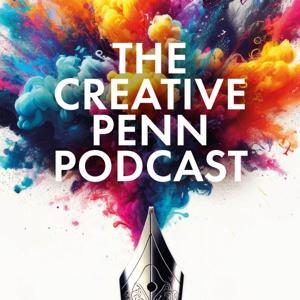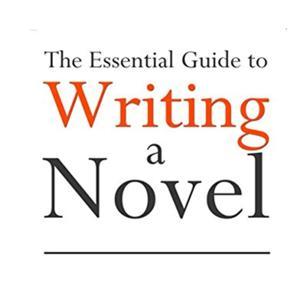In this episode, DongWon digs into one of the business topics of our upcoming craft book: pitching. How do you talk about your work so other people immediately understand its category, vibe, and why it matters? They break pitching into two parts—content (what you say) and presentation (how you say it)—and share concrete tools like comp titles, short taglines, and simple back-cover formulas to sharpen your pitch. You’ll hear how iteration, audience-awareness, and practicing aloud (think karaoke for pitches) turn a clumsy elevator spiel into something that lands. Tune in for hands-on advice you can use next time an editor, agent, bookseller, or potential reader asks, “So, what’s it about?”
Homework:
Write three short, 2–3-sentence pitches for your book (or other WIP) that each take a different angle—one focused on worldbuilding, one on character, one on plot. Then read them aloud to someone and watch where they light up, glaze over, or lean in, so you can see which pitch actually works.
ANNOUNCEMENTS:
Last Annual Cruise
The final WXR cruise sets sail for Alaska in September 2026—don’t miss your chance to be part of it. Learn more and sign up here.
*Scholarship applications for our cruise are open now until December 31st, 2025. You can learn more and apply here.
Call for Writing Breakthroughs
Have you had a breakthrough in your writing because of Writing Excuses? If so, we want to hear about it. Fill out this Writing Breakthroughs Google Form for a chance to be featured in a WX Newsletter!
Credits: Your hosts for this episode were Dan Wells, Erin Roberts, Mary Robinette Kowal, Howard Tayler, and DongWon Song. It was produced by Emma Reynolds, recorded by Marshall Carr, Jr., and mastered by Alex Jackson.
Join Our Writing Community!
Writing Retreats
Newsletter
Patreon
Instagram
Threads
Bluesky
TikTok
YouTube
Facebook
Our Sponsors:
* Check out MasterClass: https://masterclass.com/EXCUSES
* Check out Quince: https://quince.com/wx
* Check out Uncommon Goods: https://uncommongoods.com/WX
Support this podcast at — https://redcircle.com/writing-excuses2130/donations
Advertising Inquiries: https://redcircle.com/brands
Privacy & Opt-Out: https://redcircle.com/privacy




































